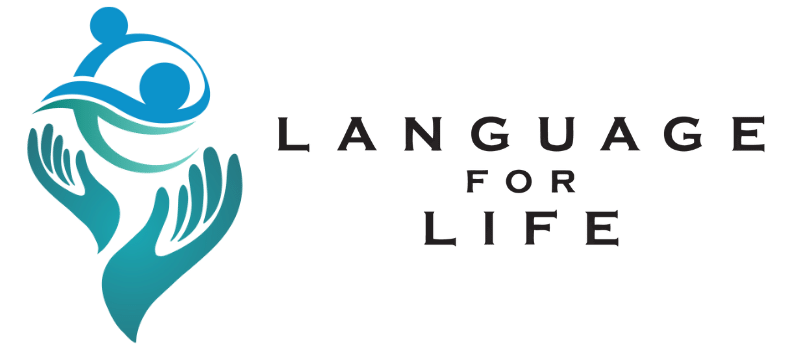Children especially can learn to be bilingual. They can learn two languages at home, at school, or in the community. Some children learn both languages very well. But sometimes, they know one language better than the other. The language a child knows better is called the dominant language. Over time the dominant language may change, especially if a child doesn’t use it regularly.
Speaking two languages is like any other skill. To do it well, children need lots of practice, which parents can help provide. Without practice, it may be difficult for children to understand or talk to people in both languages.
How do I teach my child to be bilingual?
- One way is to use two languages from the start. For example, one parent or caregiver uses one language while the other parent or caregiver uses another language.
- Another is to use only one language at home. Your child can learn the second language when they start school.
- Give your child many opportunities to hear and practice using both languages in everyday situations.
Will learning two languages cause speech or language problems?
No. Children all over the world learn more than one language without developing speech or language problems. Bilingual children develop language skills just as other children do.
What should I expect when my child learns more than one language?
Every bilingual child is unique. Development of two languages depends on the type and amount of input the child receives in both languages.
- Like other children, most bilingual children speak their first words by the time they are one year old; for example, “mama” or “dada.” By age 2, most bilingual children can use two-word phrases; for example, “my ball” or “no juice.” These are the same language developmental milestones seen in children who learn only one language.
- From time to time, children may mix grammar rules, or they might use words from both languages in the same sentence. This is a normal part of bilingual language development.
- When a second language is introduced, some children may not talk much for a while. This “silent period” can last for a few months or for as long as a year. Again, this is normal and will go away.
What resources can I use to help my child be bilingual?
- You can read to your child in both languages. You can find the books you need at bookstores, at libraries, and on the Internet.
- Audiotapes and CDs.Tapes and CDs in other languages can help too. Singing is a great way to introduce a second language to your child, and it can be lots of fun!
- Videotapes and DVDs.Children’s programs are available in many languages. These programs often teach children about numbers, letters, colors, and basic vocabulary.
- Language programs.Children can also learn to be bilingual at language camps or in bilingual education programs. These give children the chance to use two languages with other children.
If my child is having trouble communicating, should we use only one language?
In this case, it’s best to talk to your child in the language you’re most comfortable with. This is true even if he or she uses a different language at school. But try not to make a sudden change in your child’s routine. This can be stressful.
Children who are having problems in both languages may need professional help.
Credit to: Reading Rockets

